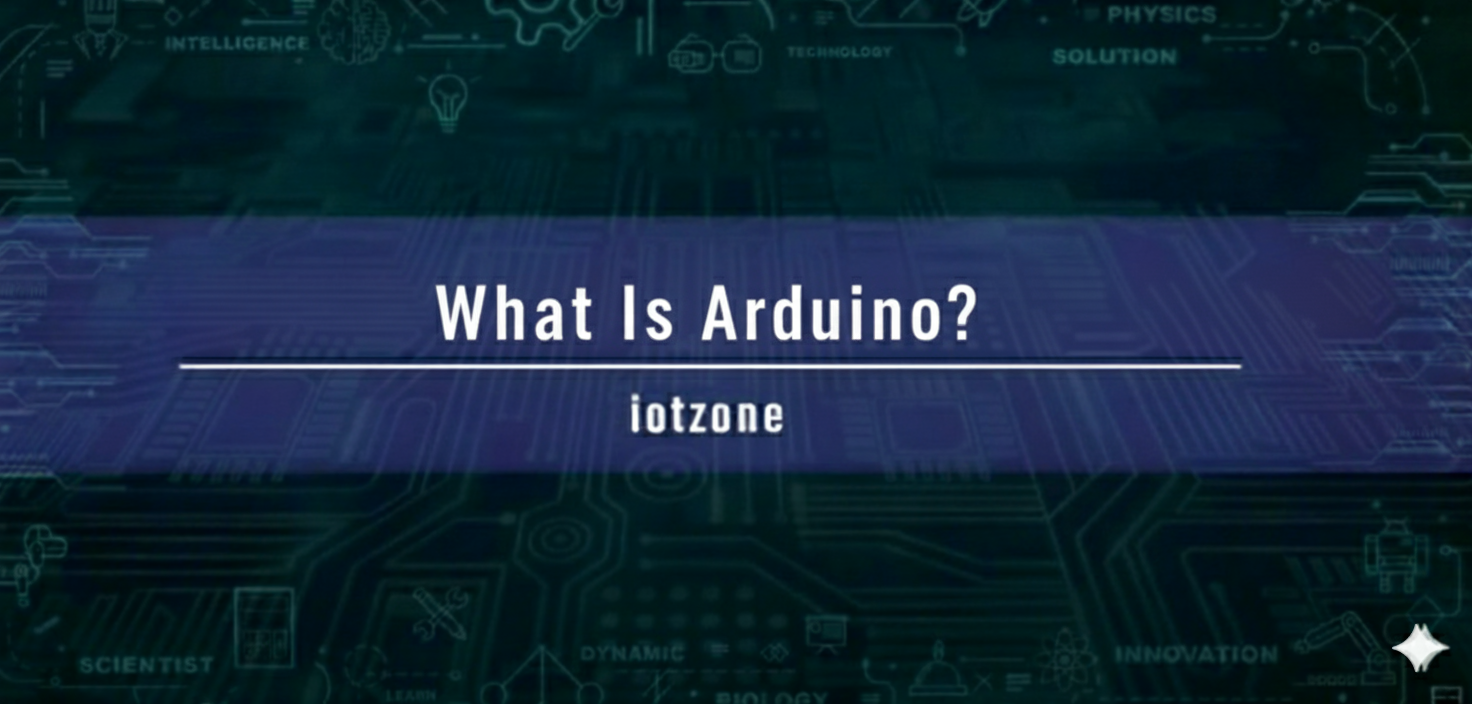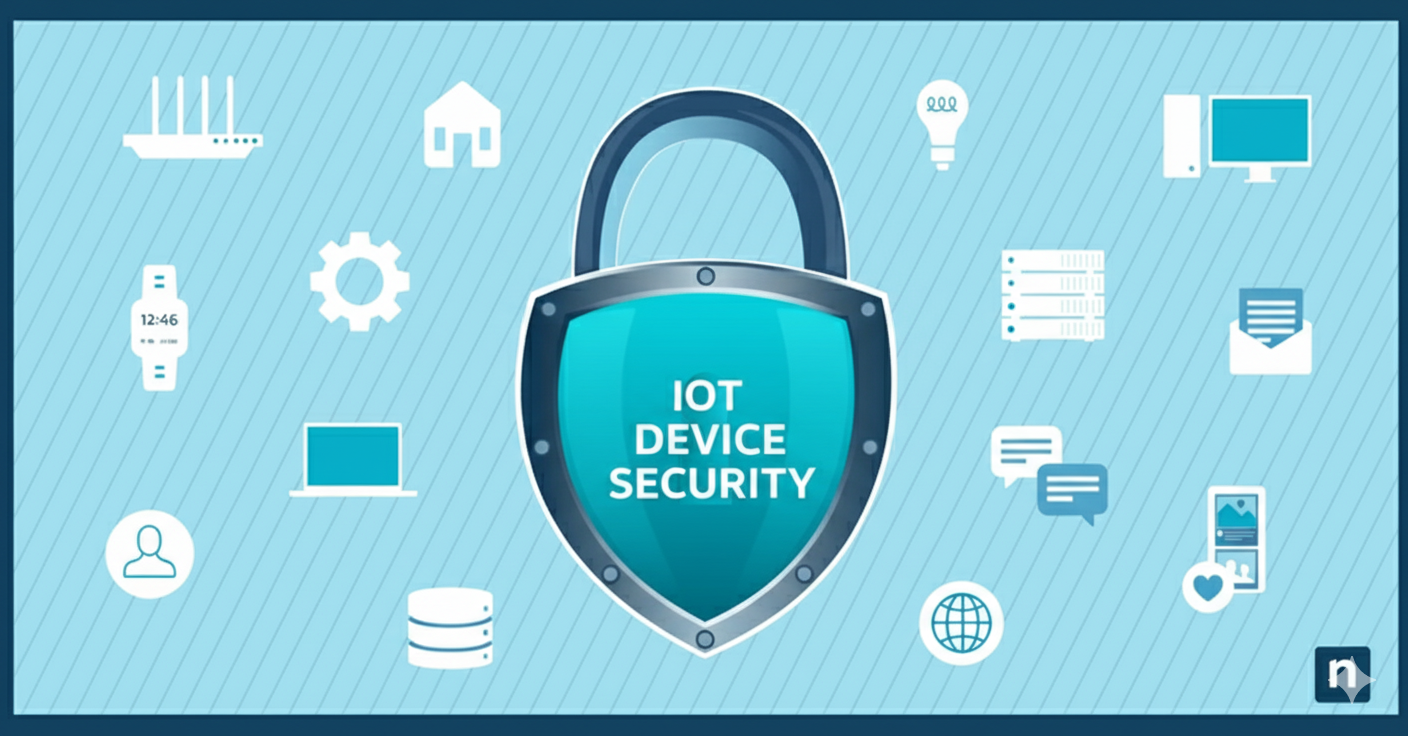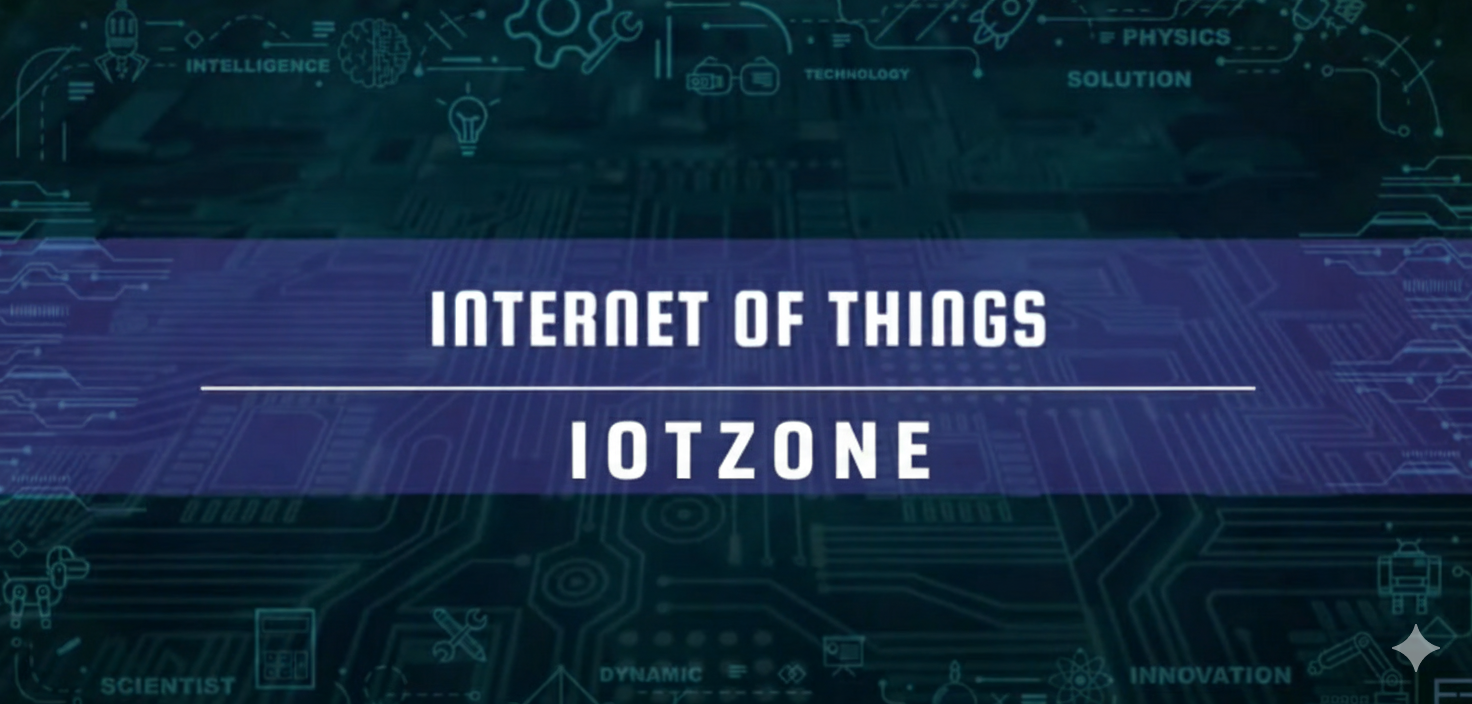What Is Arduino and How Does It Work? Full Guide for Beginners and Makers

Overview
Welcome to our comprehensive guide on Arduino and Raspberry Pi, two of the most popular platforms in electronics, robotics, IoT, and automation. Whether you are a beginner in electronics or an experienced hobbyist, understanding these devices can help you create innovative projects, from simple home automation to advanced robotics systems. In this guide, we will explore the features, types, advantages, disadvantages, and practical applications of Arduino and Raspberry Pi, along with real-world projects to inspire your next creation.
What is Arduino?
Arduino is an open-source electronics platform that allows you to read inputs from the environment—such as light on a sensor, a finger on a button, or even online data like a tweet—and generate outputs, such as turning on an LED, activating a motor, or controlling other devices. Arduino was originally developed at a design institute as a simple, affordable tool for students and beginners with no prior knowledge of electronics or programming.
Unlike full-fledged computers like the Raspberry Pi, Arduino boards are microcontrollers, meaning they run a single program at a time and don’t have an operating system. The code for Arduino is usually written in C or C++ and uploaded to the board using the Arduino IDE, which is free software compatible with Windows, macOS, and Linux. Arduino has gained popularity for its simplicity, accessibility, and versatility, making it ideal for students, engineers, artists, and makers of all ages.
Key Arduino Specifications
-
Microcontroller: ATmega328
-
Operating voltage: 5V
-
Input voltage (recommended): 7–12V
-
Digital I/O pins: 14
-
Analog input pins: 6
-
DC current per I/O pin: 40 mA
-
DC current for 3.3V pin: 50 mA
-
Flash memory: 32 KB
-
SRAM: 2 KB
-
EEPROM: 1 KB
-
Clock speed: 16 MHz
Popular Arduino Boards
-
Arduino Uno – The most commonly used board with 14 digital I/O pins, 6 analog inputs, USB connectivity, and a power jack. Ideal for beginners.
-
LilyPad Arduino – Designed for e-textile projects with large connection pads and a washable design.
-
Arduino Mega – A larger version of the Uno with 54 digital I/O pins and 16 analog inputs, suitable for complex projects.
-
Arduino Leonardo – Handles USB directly, allowing it to mimic keyboards, mice, and other devices.
-
Arduino RedBoard – Stable and compatible with Windows 8 without extra configuration, ideal for seamless project integration.
Advantages of Arduino
- Affordable and widely available
- Open-source hardware and software
- Simple to use for beginners but customizable for advanced users
- Compatible with Mac, Windows, and Linux
- Expansive community support and project resources
- Enables low-cost scientific and educational projects
Limitations of Arduino
- Can only run a single program at a time
- Limited memory and CPU power
- Minimal built-in communication options
- Limited number of programming languages supported
Arduino Project Ideas
Arduino is extremely versatile, with applications across security, robotics, games, automation, health, drones, IoT, and audio projects.
-
Security Projects: Door locks, RFID locks, gesture-controlled systems
-
Robotics: Line-following rovers, autonomous robots, robotic arms
-
Games: Snake game, chess, pinball, spaceship simulators
-
Automation: Smart home devices, automated shower systems, smart trash bins
-
Health: Patient monitoring systems, wearable ECG devices, smart health kits
-
Drones: Quadcopter controllers, autopilot drones
-
Audio Projects: Paper piano, Arduino MP3 players, musical instruments
-
IoT Projects: Smart parking systems, Bluetooth-enabled devices, connected appliances
What is Raspberry Pi?
Raspberry Pi is a credit-card-sized, low-cost computer that can connect to a monitor, keyboard, and mouse. Unlike Arduino, Raspberry Pi is a full-fledged computer, capable of running a Linux-based operating system called Raspberry Pi OS. It can access the internet, play HD videos, run software applications, and even function as a desktop computer.
Key Features of Raspberry Pi
-
Processor: ARM-based Broadcom CPU
-
Memory: 512MB–1GB RAM depending on the model
-
GPU: VideoCore IV
-
Operating System: Raspberry Pi OS (Linux-based)
-
Connectivity: Ethernet, Wi-Fi, Bluetooth, USB ports
Raspberry Pi is ideal for projects requiring high processing power, multitasking, and internet connectivity. It is widely used in media centers, IoT devices, robotics, retro gaming, and software development.
Arduino vs Raspberry Pi: A Detailed Comparison
| Feature | Arduino Uno R3 | Raspberry Pi 3 Model B+ |
|---|---|---|
| System Type | Microcontroller | Single-board computer |
| Processor | ATmega328P | Broadcom ARM Cortex A53 |
| RAM | 2 KB | 1 GB |
| Clock Speed | 16 MHz | 1.4 GHz |
| Multitasking | Single program only | Multiple programs |
| GPIO Pins | 20 | 40 |
| Power Consumption | 175 mW | 700 mW |
| Applications | Automation, sensors, embedded systems | Desktop PC, robotics, game servers, IoT |
Bottom line: Arduino is perfect for simple, repetitive automation tasks and projects that rely on sensor inputs and outputs. Raspberry Pi, on the other hand, is suitable for complex computing tasks, internet-based projects, and applications requiring multitasking.
Conclusion
Both Arduino and Raspberry Pi have their strengths and limitations, and the best choice depends on your project requirements. Arduino excels in simplicity, low-cost prototyping, and microcontroller-based projects, whereas Raspberry Pi shines in computationally demanding, internet-connected, and multitasking applications. By understanding their features, specifications, and real-world applications, you can choose the right platform for your next innovation.
With Arduino and Raspberry Pi, the possibilities are endless—from DIY home automation to advanced robotics, IoT-enabled health devices, and interactive art installations. Start exploring today, and transform your ideas into reality!
Administrator
Frequently Asked Questions
Common questions about What Is Arduino and How Does It Work? Full Guide for Beginners and Makers. Find answers to the most frequently asked questions.
User Reviews & Comments
Share your experience with this IoT Blog. Your feedback helps our community make informed decisions!
Share Your Experience
Help others by sharing your thoughts about this IoT Blog.
Related Blogs
Explore more IoT Blogs in the same category

What is the Internet of Things (IoT)?
Tutorials
The Internet of Things (IoT) connects everyday devices to the internet, enabling smart homes, healthcare, farming, and industries with automation, real-time monitoring, and data-driven insights.

IoT Security Risks and How to Protect Your Devices
Tutorials
Learn how to secure your IoT devices at home and office, reduce cyber risks, and protect privacy with best practices for a safer connected world.

IoT Components: Working of IoT, Sensors & Actuators, Role of IoT, IoT Cloud, IoT Analytics
Tutorials
Explore IoT components, working, sensors, actuators, IoT cloud, and analytics. Learn how IoT transforms data into insights, connecting devices for smarter and efficient solutions.
No Reviews Yet
Be the first to share your experience with this IoT Blog!